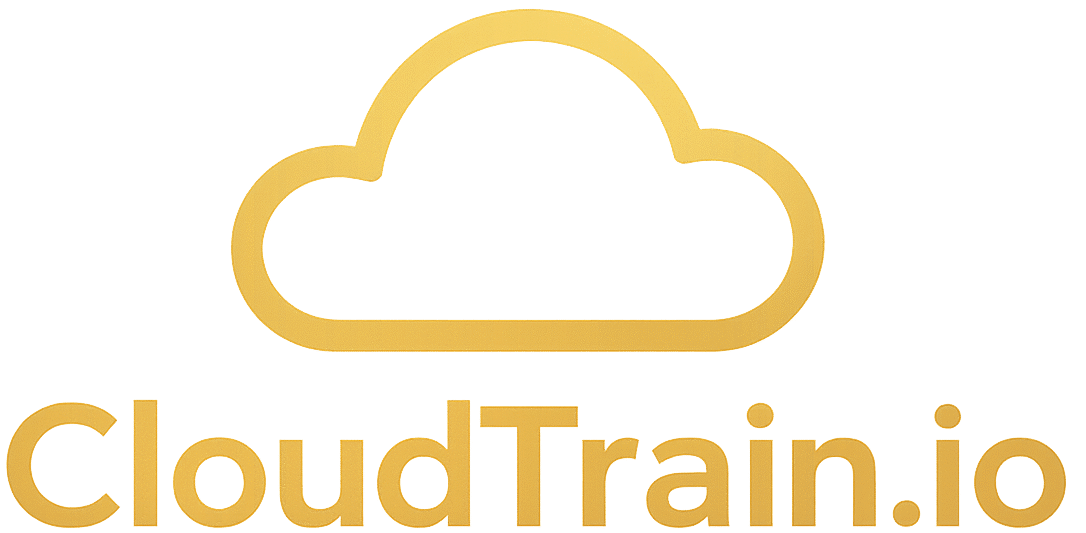Rook Ceph: Bridging Kubernetes and Distributed Storage
Rook is an open-source cloud-native storage orchestrator that seamlessly integrates with Ceph, a distributed storage system. Together, they provide a powerful solution for managing storage in Kubernetes environments. Let’s explore the key aspects of Rook Ceph:
- What Is Rook?:
- Rook acts as a bridge between Kubernetes and Ceph, automating the deployment and management of Ceph clusters.
- It ensures that Ceph storage services are self-managing, self-scaling, and self-healing within your Kubernetes environment.
- Rook leverages Kubernetes resources to configure, provision, monitor, and upgrade Ceph.
- Why Ceph?:
- Distributed Storage: Ceph offers file, block, and object storage, making it suitable for large-scale production clusters.
- Scalability: Ceph scales horizontally, accommodating growing workloads.
- High Availability: Ceph ensures data redundancy and fault tolerance.
- Proven Track Record: Ceph has been deployed in production environments for years.
- Key Features of Rook Ceph:
- Multi-Cluster Management: Rook can handle multiple Ceph clusters from a single installation.
- User-Friendly Interface: Rook provides an intuitive UI for managing Ceph clusters.
- Automated Deployment: Easily create and configure Ceph clusters using Rook.
- Monitoring and Self-Healing: Rook monitors cluster health and automatically recovers from failures.
- Getting Started with Rook Ceph:
- Install Rook: Set up Rook on your Kubernetes cluster.
- Create Ceph Clusters: Define your Ceph storage requirements using Rook.
- Deploy Applications: Use Ceph storage for your workloads.
- Monitor Resources: Keep track of storage utilization and performance.
- Community and Support:
- Rook is hosted by the Cloud Native Computing Foundation (CNCF) as a graduated project.
- Join the Rook community on Slack for assistance and discussions.
Remember, Rook Ceph empowers Kubernetes users to manage storage efficiently, whether it’s for stateful applications, databases, or other workloads.
